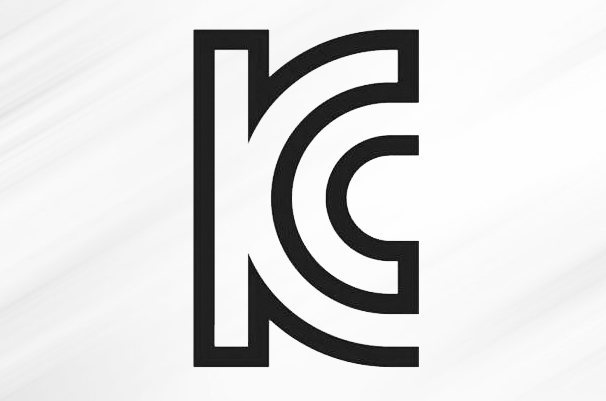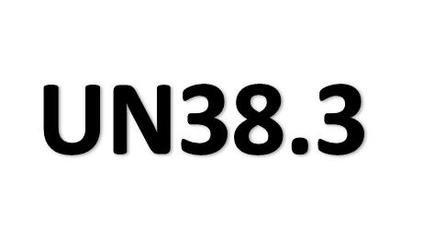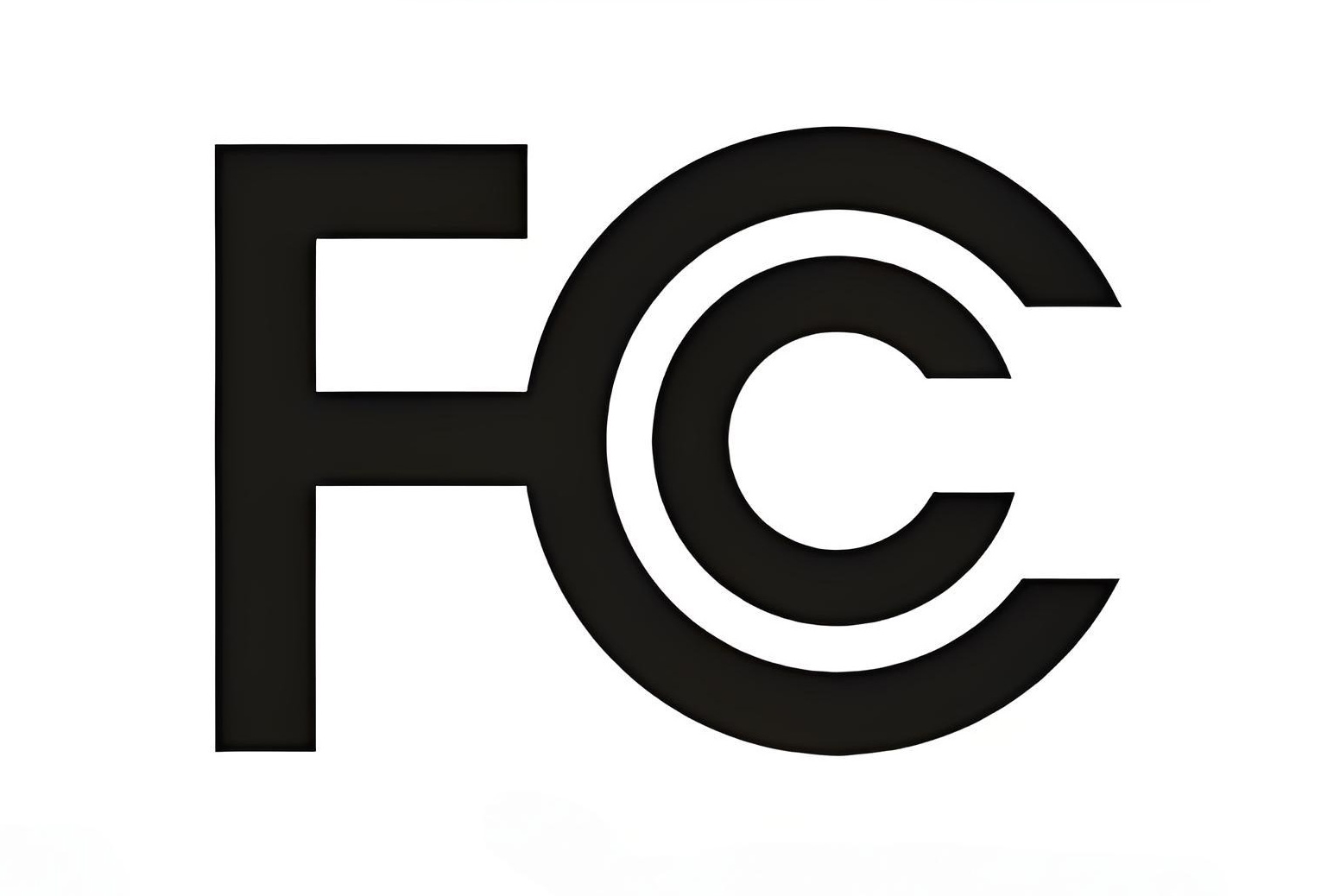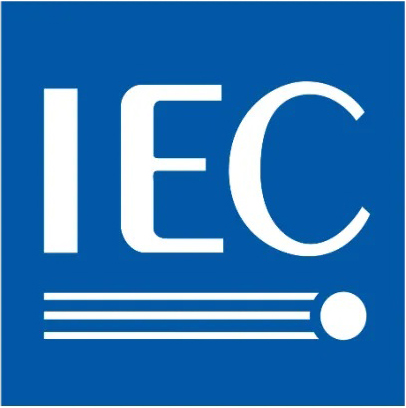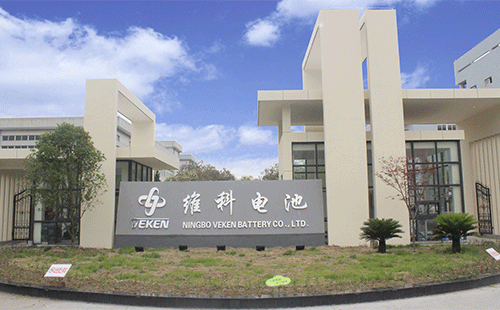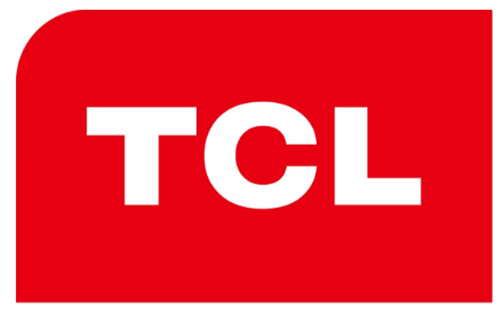On December 9, 2022, the European Parliament and the Council reached an interim political agreement to comprehensively revise the EU battery rules. This regulation aims to make all batteries put on the EU market more sustainable, recyclable and safe. The agreement is based on the proposal of the European Commission in December 2020 and aims to solve the social, economic and environmental problems related to all types of batteries.
01 The new laws and regulations divide batteries into five categories from four categories of renewal
◆ Portable battery: sealed, ≤ 5kg, not designed for industrial use.
◆ SLI battery: any battery designed to provide power for starting, lighting or ignition.
◆ Light vehicle (LMT) battery: any sealed battery with a mass ≤ 25kg that is designed to provide traction for wheeled vehicles. These vehicles can be powered by motors alone or by a combination of motors and manpower, including L-category vehicles as defined in Regulation (EU) No 168/2013.
◆ Electric vehicle (EV) battery: any battery designed to provide traction for M, N and O hybrid electric vehicles or electric vehicles as defined in Regulation (EU) 2018/858; Or L category vehicle battery with mass>25kg.
◆ Industrial battery: any battery specially designed for industrial use, or any battery prepared for reuse for industrial use.
02 Requirements for battery production, recycling and reuse in new regulations
1. After the new regulations come into force, sustainability requirements for carbon footprint, recycled components, performance and durability will be gradually introduced from 2024.
2. By the middle of 2025, due diligence will be fully applied and a more comprehensive regulatory framework for extended producer responsibility will be applied.
3. Set a higher collection target for battery recycling: for portable batteries, the target is 63% in 2027, 73% in 2030, and for light vehicle (LMT) batteries, the target is 51% in 2028, and 61% in 2031.
4. All collected batteries must be recycled, and a high level of recycling must be achieved, especially the requirements for the recycling efficiency of valuable materials such as copper, cobalt, lithium, nickel and lead.
5. Stricter recycling efficiency and material recycling targets to ensure that valuable materials are recycled at the end of their service life and put back into use. For example, the material recovery rate of lithium will reach 50% by 2027 and 80% by 2031.
6. Companies that sell batteries to the EU internal market (battery manufacturers, importers, distributors) must prove that their sources of procurement for materials used in manufacturing are responsible. This means that it is necessary to identify and mitigate the social and environmental risks related to the extraction, processing and trade of battery raw materials, such as air, water, soil, biodiversity, human health, occupational health and safety, workers' rights (including child labor), human rights and social life.
03 Subsequent legislative actions of new laws and regulations
The European Parliament and the Council must formally adopt new regulations before they can enter into force. The new regulation will replace the existing battery directive 2006/66/EC issued in 2006. This new battery regulatory framework requires a large number of more detailed rules (secondary legislation) from 2024 to 2028 to be fully operational.
Tips
It has been two years since the new battery law draft of the EU was issued. During this period, it has undergone many modifications and has not yet been finalized. ZRLK suggested that relevant enterprises should always pay attention to the new battery law, understand the industry trend in real time and test their products in accordance with the new requirements to ensure that the products meet the latest regulatory requirements. Our company has rich experience in product testing, which can help you easily understand whether the product is safe and compliant. If you want to know more about the requirements of battery/battery product testing and certification or have battery/battery products that need to be certified, please feel free to contact us, and our engineers will serve you at the first time!


